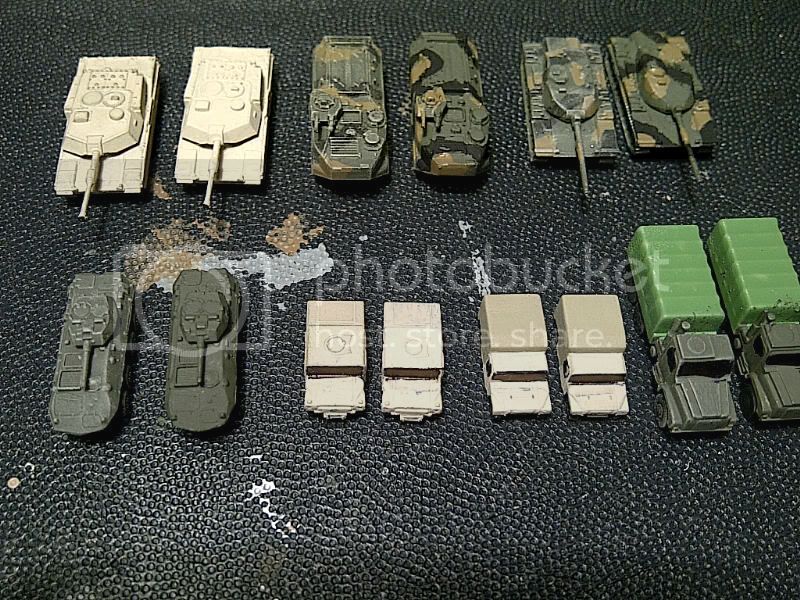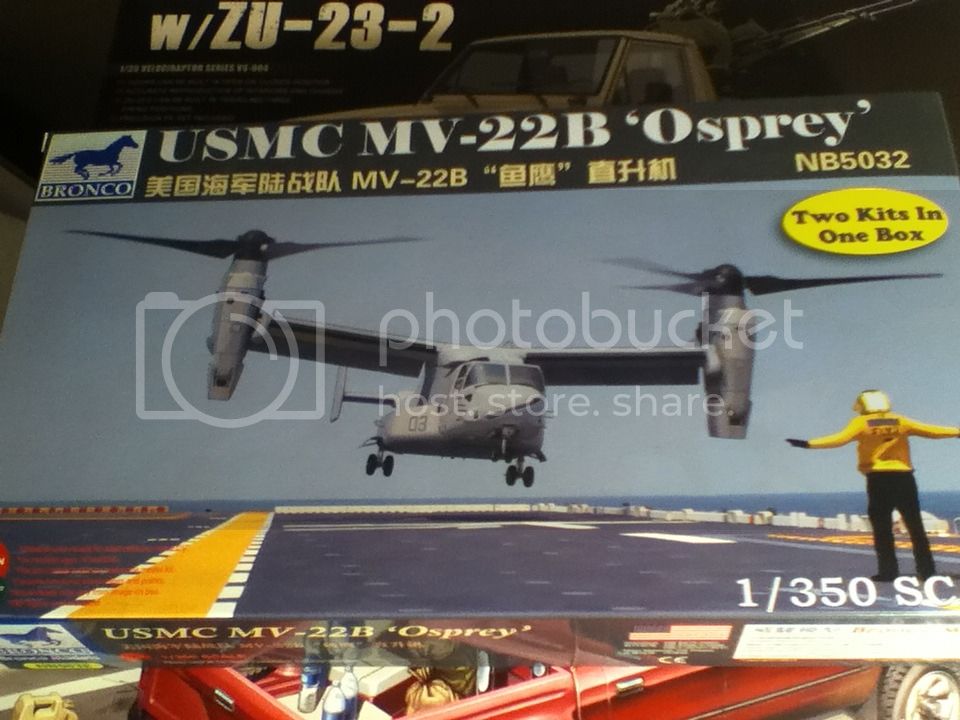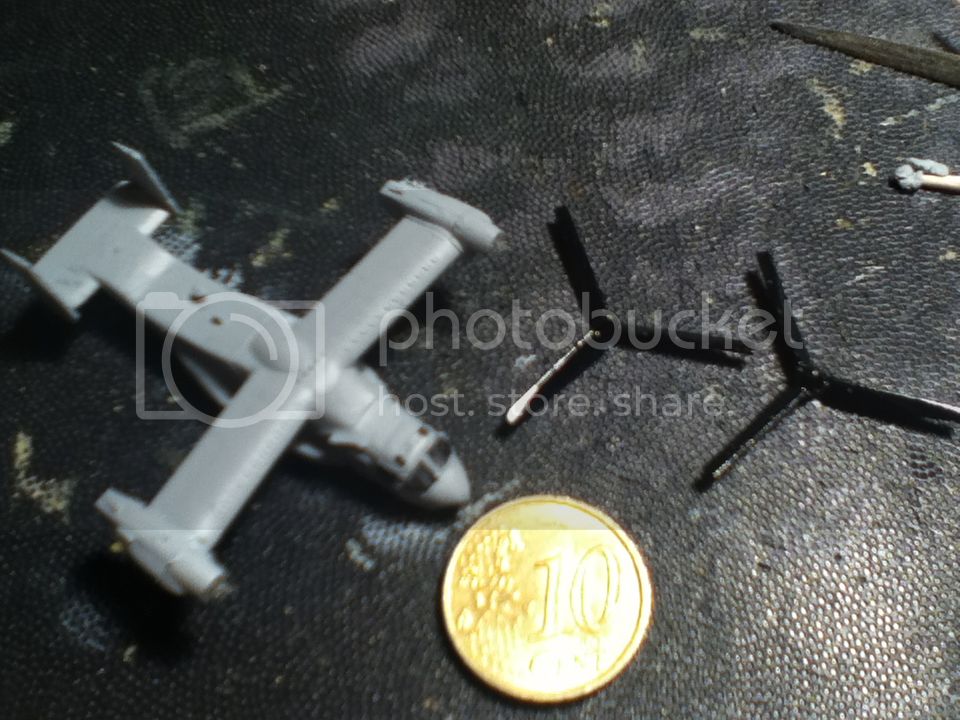The modern amphibious landing is predicated on several things. The first being that one is bringing 5-7 dedicated landing ships (depending upon whether the landing is battalion, regimental, or brigade sized).
Ideally, the landing would be on a protected, unopposed, beach, allowing the landing fleet to stand only 5-6 miles offshore. To assist in this, you use our aviation assets to leap-frog the beach and seize an airhead some distance ashore (the concept is called 'vertical envelopment' in the trade).
And, while AHD and LHD can carry 3 LCAC, there are not always enough LCAC to go around. So, the unused capacity is taken up with LCU(L). This can actually work out better, as there are a number of times when the LCAC are too fast for their own good. (This is counter-intuitive, but is akin to how often one needs a 200mph freight train locomotive.)
The Landing Operations Officer starts with a tally of every landing vehicle available, and sorts them by type, then gets to decide what number of those will actually be mechanically available at H-hour of D-Day. The logistical needs of the Landing Force are then sorted by their on-the-beach priority, and the wreight of the lift (which sets ship-to-shore timing). The Landing Ops team then burns midnight oil tabulating and charting all of this data out. They then interact when there are shortfalls in what the Landing Force wants ashore, and what can be brought ashore.
Since, ideally, the beach head is unopposed, it's not uncommon that the first few waves are 'administrative'--they are bringing transport vehicles, and expendables ashore first, then the troops and gear which will advance off the beach. In which case, the LCAC will often change roves in subsequent waves to carry the AFVs needed to punch through to the airhead.
A given beach head, with a modern landing, is divided up into separate areas for landing ammo, POL, food, and medical supplies; there is typically a lane declared for vehicular access through the beach head it self. These are marked out with banners and lights, and are set quite aways apart from each other--which makes for poor beach dioramas.
Hope that helps.


















